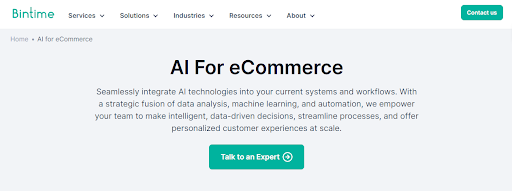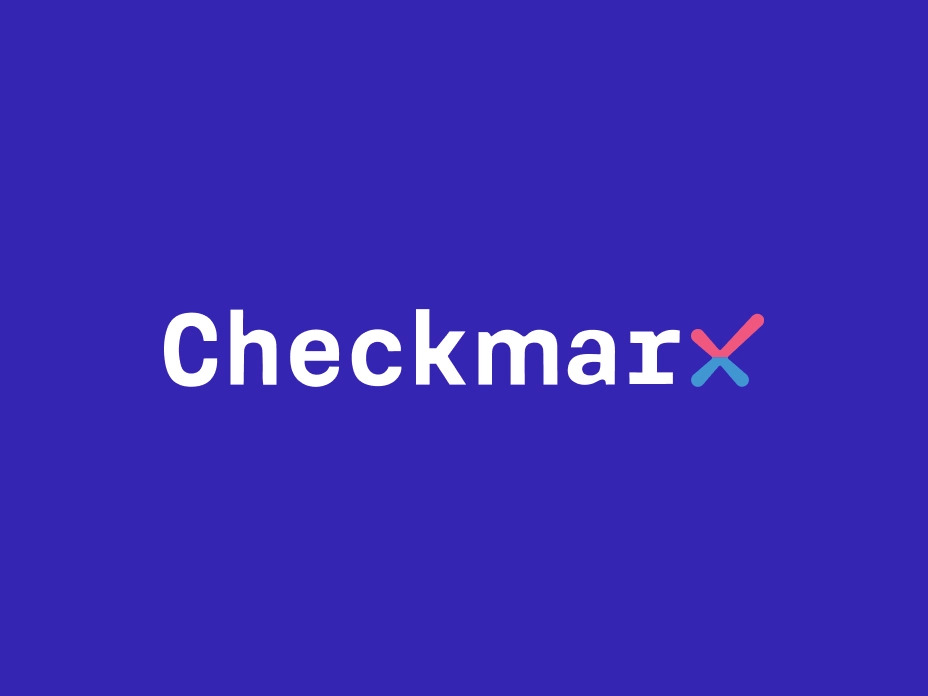How to Create Loyalty and Trust in a Competitive E-commerce Market
Say, you're running an online store but your potential customers have countless other options at their fingertips. So, why should they stick with you? It all boils down to trust and loyalty. In fact, 88% of consumers say their loyalty hinges on how much they trust a brand.
And here’s a little secret—when you earn that trust, you’re not just getting a customer; you’re gaining an advocate who’s likely to spread the word to others.
But building this trust is no easy task. You’re up against your direct competitors and mega-brands with huge budgets and soaring customer expectations. That’s why retaining loyal customers is crucial. They’re the ones who will keep coming back and, often, spend more over time.
In this article, we’ll discuss the 9 best ways to foster loyalty, even when the odds seem stacked. Let’s get started!
9 Ways to Create Loyalty and Trust in Ecommerce Market
Building customer loyalty in e-commerce is about much more than offering discounts. It’s about making customers feel valued and understood. Incorporating a well-designed eCommerce website development strategy can enhance user experience and build trust. Let’s break down a few effective ways to earn that loyalty and trust:
1. Personalize the Customer Experience
Personalization doesn’t just make customers feel valued; it also builds trust. Using customer data like browsing history, purchase patterns, and even preferences to tailor product recommendations, emails, and marketing content, you can make each customer feel like you truly “get” them. Implementing CDP software can also help centralize this data, making it easier to deliver consistent and relevant experiences across channels.
Amazon’s recommendation engine is a great example of this in action. Every time you browse or buy, Amazon collects data on your preferences and then uses that data to suggest products that align with your taste. Similarly, comparing personalization strategies with Drip alternatives can help you find the right tools to achieve this level of customization.
For Shopify merchants, leveraging Shopify app development services can help implement AI-driven product recommendations, personalized email flows, and custom dashboards to improve customer experience and retention.
That’s the power of personalization in action.
2. Implement a Loyalty Program
Loyalty programs are a tried-and-tested method for building trust and loyalty. They help foster a sense of belonging. They make customers feel like they’re part of an exclusive club, which can be a huge trust booster.
Think about Sephora's Beauty Insider Program. It’s a brilliant example—Sephora offers customers points for every purchase, which they can redeem for exclusive products, early access to sales, and even beauty classes.
To get started with a loyalty program, consider what type of rewards will resonate most with your customers. You could offer points that can be redeemed for discounts, early access to new products, or even special “members-only” content.
With the rise of technology, using a loyalty platform can be very helpful to streamline the process of tracking rewards and engaging with customers. Loyalty platforms allow you to easily manage points systems, track customer behavior, and automate reward distribution.
Additionally, some platforms integrate with your existing CRM or eCommerce system, making it easier to personalize the rewards and communication based on customer data. For example, you can offer discounts or free access to specific vocational training courses based on a customer’s interests or engagement level.
Just make sure it’s simple and easy to understand. A confusing program is likely to do more harm than good. Keep it straightforward and valuable to show customers that you’re not just rewarding purchases—but also value their loyalty.
3. Leverage Social Proof
Social proof—things like reviews, testimonials, and user-generated content—can be one of the most effective tools to build trust with your customers. And it’s not just a feeling—72% of customers say positive reviews make them trust a local business more.
Take Airbnb, for instance. They showcase real customer reviews on their website, and it works wonders. Seeing photos and stories from other people adds a layer of authenticity that traditional advertising simply can’t match.
If you’re looking to leverage social proof, start by encouraging satisfied customers to leave reviews. You can even offer incentives, like a small discount or a chance to win a gift card. And don’t forget about user-generated content. Ask your customers to share photos of themselves using your products on social media. When potential customers see people like them enjoying your products, it builds a connection. It’s also important to ensure your website is protected from harmful traffic, which can disrupt its availability, by having DDoS protection.
4. Use Customer Feedback Loops
Run a business where your customers not only feel heard but also see their suggestions and concerns reflected in your products. This is where customer feedback loops come into play. By actively seeking feedback and showing customers you’re listening, you’re building a relationship based on respect and trust.
Take Mack Weldon as a prime example. They encourage customers to review their purchases by sending follow-up emails that prompt ratings and feedback.
To implement feedback loops, the primary thing is to make it easy for customers to share their thoughts. This could be through surveys, email follow-ups, or even a simple feedback form on your website. But don’t stop there. Let customers know how their feedback has influenced your decisions.
For instance, you could share updates that specifically mention, “Thanks to your feedback, we’ve added this new feature.” When customers see that their voices are making a difference, it reinforces the idea that you’re in this together—and that’s what builds lasting trust.
To ensure your team effectively analyzes and acts on customer feedback, consider using an AI meeting assistant during strategy discussions. This can help capture and organize insights from customer feedback sessions, ensuring that no valuable input is overlooked when making decisions about product improvements or policy changes.
5. Provide Transparent and Clear Policies
When customers know exactly what to expect from your products, shipping, and return policies, they feel more confident buying from you. And confidence is a big deal in e-commerce; it’s the difference between clicking “Buy Now” and abandoning the cart.
Also, a study found that 67% of shoppers check a website’s return policy before purchasing. Imagine that—you could lose two-thirds of your potential customers just because they aren’t sure about returns!
So, always be upfront about your policies. Make sure customers can easily find information on shipping times, returns, and any other relevant details. No matter what kind of e-commerce business you’re running, whether you’re selling handmade goods or running an Etsy dropshipping business, clear policies signal that you have nothing to hide, and in a market where trust is currency, that transparency goes a long way.
6. Leverage Influencer Marketing to Build Credibility
Influencer marketing is like modern-day word-of-mouth but on a massive scale. When influencers endorse a product, it immediately boosts credibility. This is because influencers have built relationships with their audiences, and their followers feel they know them. So, when an influencer genuinely enjoys and shares a product, their audience is far more likely to try it out.
Take Sephora, for example. Their Sephora Squad is a curated group of micro and macro influencers who showcase Sephora’s products through social media.
This squad doesn’t just promote products; they share their real-life experiences, making their recommendations feel personal and trustworthy.
To make the most of influencer marketing, consider partnering with individuals who genuinely connect with your brand values. Look for influencers whose followers align with your target audience, and let them create content that feels true to their style. By giving them creative freedom, you’re not just getting a promotion; you’re building a relationship that feels real to their audience.
7. Use Behavioral Emails to Build Trust
Behavioral emails are like the gentle nudge from a friend who reminds you about something you almost forgot. By using emails tailored to a customer’s browsing history, cart abandonment, or product interest, you’re not just following up—you’re showing attentiveness and care. It’s a smart strategy because 45% of cart abandonment emails are opened, and 21% lead to a purchase.
Kizik does a great job with cart abandonment emails. When a customer leaves a pair of shoes in their cart, Kizik sends a follow-up email with the exact item, an encouraging message, and a reminder to complete the purchase.
To implement behavioral emails effectively, focus on the types of interactions that are most valuable for your customers. The key is to keep it friendly and personalized—mention the specific product, use images, and add a compelling call to action that feels helpful, not salesy.
This thoughtful follow-up can make customers feel valued, which is a huge step toward building long-term trust.
8. Encourage a Sense of Ownership
People love to feel that something is uniquely theirs, and in e-commerce, you can tap into this by offering customization options that let customers put their personal stamp on products. When customers get to play a role in designing their purchase, it fosters a sense of ownership and attachment.
Nike’s “Nike By You” is a platform where customers can design their own sneakers, choosing everything from colors to materials and adding personalized text.
While adding customization options to your e-commerce site, consider what aspects of your product can be personalized. It could be as simple as letting customers choose colors or add their initials or as complex as allowing them to create a fully custom design.
Make the process easy and engaging. Show previews of their designs, offer suggestions, and make it feel like a collaborative experience.
9. Celebrate Customer Milestones
Everyone loves to be recognized, and celebrating customer milestones is a fantastic way to build emotional connections with your customers. By acknowledging key moments—like anniversaries, birthdays, or purchase history—you’re showing customers that they’re more than just numbers to you.
Nintendo’s birthday emails are a great example of how celebrating milestones can enhance customer loyalty. For instance, Nintendo sends users special birthday greetings, exclusive discounts, and themed wallpapers on their special day.
To include milestone celebrations into your business, identify key touchpoints that matter to your customers. It could be their first purchase anniversary, hitting a certain number of orders, or even just their birthday.
Once you’ve identified these, think about how you can reward them. This could be through personalized emails, exclusive discounts, or even just a simple thank-you message.
10. AI in eCommerce:
AI in eCommerce is transforming the digital shopping experience by making it more personalized, efficient, and intuitive. Through AI-driven recommendations, dynamic pricing, chatbots, and predictive analytics, businesses can better understand and serve their customers. The role of AI in eCommerce also extends to automating inventory management, improving fraud detection, optimizing logistics, and creating more targeted marketing campaigns. To maximize these benefits and boost sales even further, many brands are partnering with specialized digital marketing companies that know how to leverage AI tools effectively for customer acquisition, retention, and growth. As competition grows in the online marketplace, companies that combine AI technologies with expert digital marketing support are better positioned to enhance customer loyalty and stay ahead of emerging trends.
Earning Trust and Loyalty: The Key to E-commerce Success
Building customer loyalty and trust in e-commerce isn’t a one-size-fits-all approach. It combines personalized experiences, clear communication, and meaningful connections. With the strategies we discussed above, you can build long-term relationships with your customers and compel them to return for more.
Remember, loyal customers are repeat buyers and your brand’s biggest advocates. Get started now, and let your customers feel the difference!















